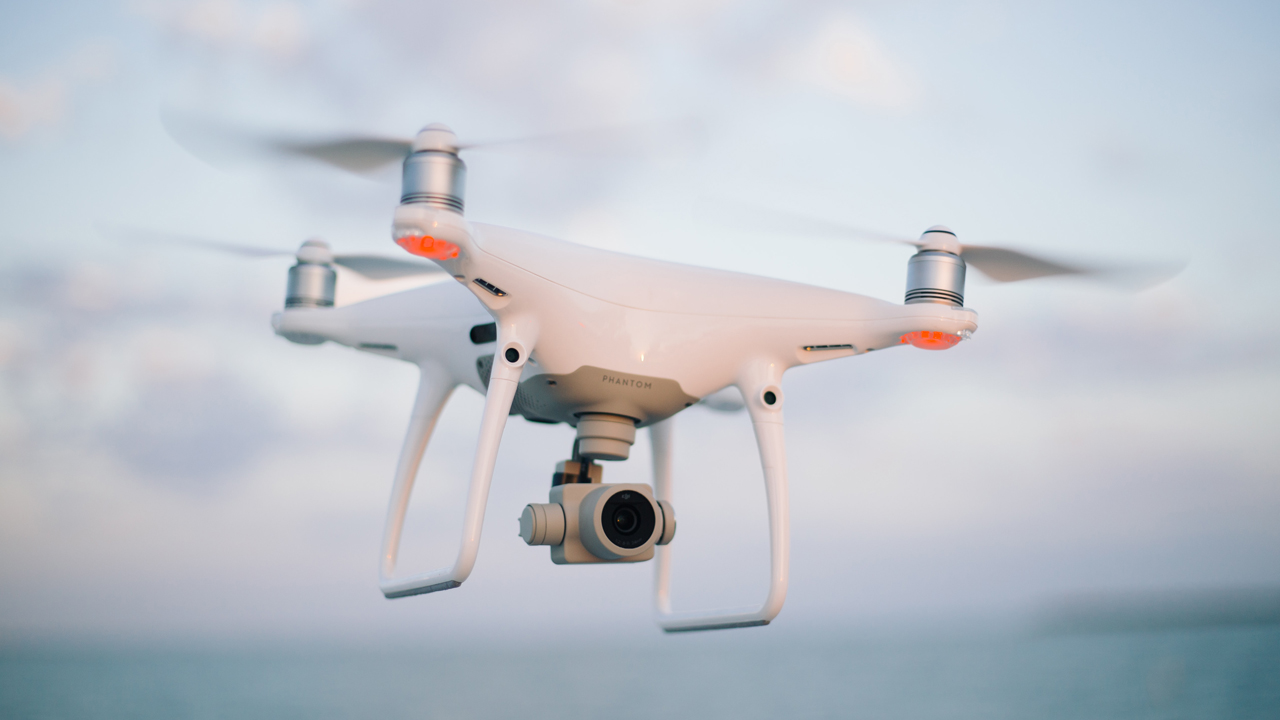
FAA Releases Rules for Drone Operations
Written by Marybeth Luczak, Executive Editor
The FAA will now require Remote ID, providing in-flight drone identification and drone control station location information, which can be used by national security, law enforcement, and public safety agencies.
The Federal Aviation Administration has issued two final rules for unmanned aircraft (drone) operations. They cover the requirement for Remote Identification (Remote ID) of drones as well as drone operations over people and at night.
Remote ID provides in-flight drone identification and drone control station location information, which can be used by national security, law enforcement, and public safety agencies.
This new rule (download below) applies to drone operators requiring FAA registration. To comply, they must operate a standard Remote ID drone; a drone with a Remote ID broadcast module (may be a separate device attached to the drone); or a drone without Remote ID in specific FAA-recognized identification areas.
According to FAA, Remote ID builds on previous steps by the agency and the drone industry to integrate operations safely into the national airspace.
Part 107 of the federal aviation regulations prohibits covered drone operations over people and at night unless the operator obtains a waiver from the FAA.
The final Operations Over People and at Night rule expands the ability to conduct operations over people, provided that the operation meets the requirements of one of four operational categories (download rule below).
Additionally, drones “are prohibited from sustained flight over moving vehicles when operated outside a closed- or restricted-access site,” according to the American Short Line and Regional Railroad Association, which adds “of note to railroads, the FAA confirms that trains are included in the definition of ‘vehicle.’”
Among other measures, the rule also allows for operations at night under certain conditions. It also requires small drone operators to have their remote pilot certificate and identification during operations to present to authorities, if needed.
“These final rules carefully address safety, security and privacy concerns while advancing opportunities for innovation and utilization of drone technology,” U.S. Secretary of Transportation Elaine L. Chao said.
BNSF is among the railroads testing and/or using drones in maintenance-of-way and other operations.



